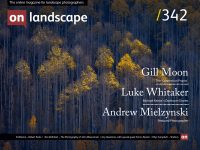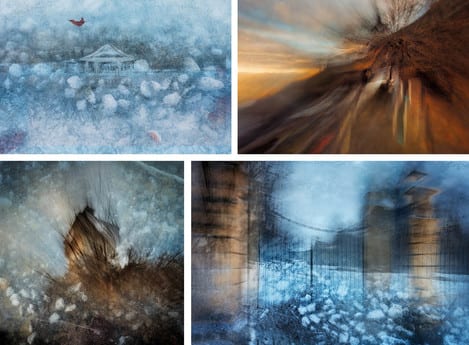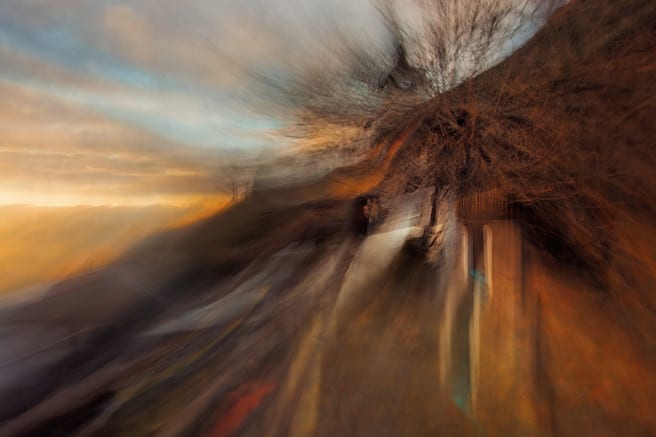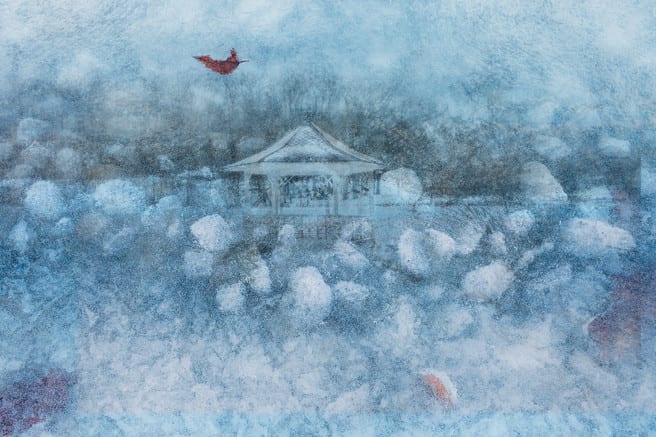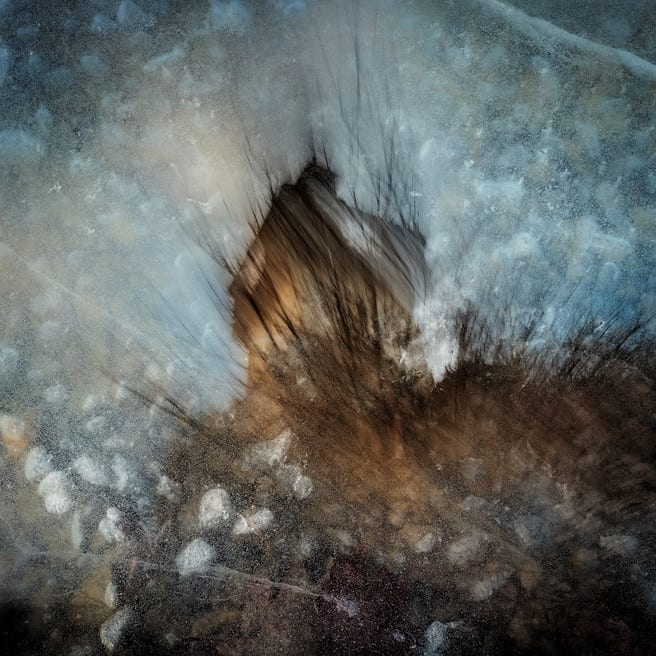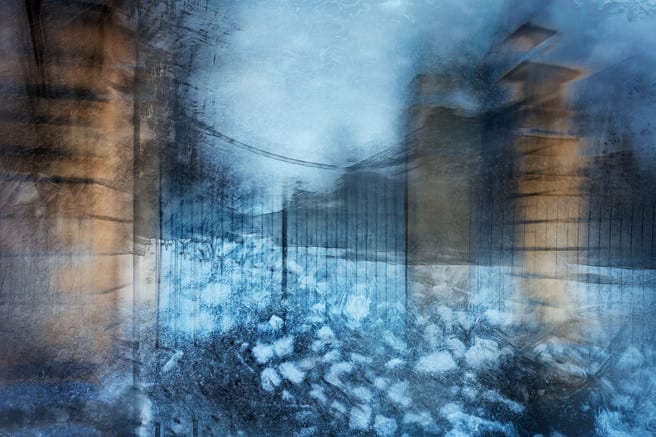Vladimir Kysela

Vladimir Kysela
I like stories, I am fascinated by the talents and skills of writers but also of music composers, painters, and architects. I am fascinated by the ability of actors and musicians to interpret given works. But do not look for snapshots or documentaries of a scene in my pictures, rather for an echo of stories embedded in interwoven layers that are both real and abstract in the manner of a writer embedding individual scenes in the pages of their book.
The aim of the project was to understand and then visually interpret Andersen’s almost mosaic-like way of seeing the world around us. His short stories and fairy tales remotely resemble musical improvisation of scat singers. As if you were turning a diamond with thousands of reflective faces. Andersen begins a sentence in one topic and ends up in another, freely switching between open talk and descriptions, leading the story forward, constantly inviting you to his imaginative scenes. Individual shots were taken in Luhačovice, Štramberk, Štiřín, Copenhagen, Odense, Helsingor, Bisserup. Partly, I was looking for the emotions of the selected Andersen stories hidden within these landscapes, partly I was following his home addresses, that might influence him. I was greatly impressed by Nyhavn Harbor in Copenhagen, where Andersen lived in three different addresses. The collection won 2nd place at MIFA – Moscow International Photo Awards 2017 and 3rd place at IPA – Los Angeles, International Photography Awards 2017.
How do I approach the project? And what about Exupery? What is the goal of the project?
The ambition is the same, as with the previous two projects - to try to imagine, how Exupery would look around the world if he looked through the camera. How would these pictures look like in order to reach similar quality as literary texts? How would “Courier to the South” take it, how the “Citadel” builder and how “Little Prince”? What would they notice about, what they would capture, and how they would edit the photo, to get the same experience as Exupery's reader? Nothing more, nothing less.
I come from the fact, that each writer wrote on the basis of his own life experience. And at first, I want to understand, what influenced them. What were the moments, that have been repeated in their works over and over again in various forms or attitudes? So I do not care about the illustrations for a particular book, but the storytelling style, the values of life, the preference and the way of building a plot. Breakthrough moments.
Mostly I will start searching in biographies. Where a particular author lived, where he went to school, which street or city could have influenced him because he spent a significant part of his life there. So I get a list of places physically existing. In the case of Exupéry, this is especially the place of his childhood and adolescence, to which he has a deep relationship - Saint Maurice de Remens, Saint Raphaël, Fribourg - the places that bind to his aviation "trance" - Orconte, Cabo Juby, Amberieu - which either remained tied to emotionally strong experiences or where his works were made - Fleurville, Bevine House. And of course I try to get there and take pictures, not everywhere, but a few places fit. I dare to say now, that for Exupéry in my submission, it will be mainly Saint Maurice, Amberieu and Fleurville (well I still have to think about flying over Cabo Juby ...).
In addition to physical locations, I will always try to define virtual sites. So those, who are representatives of the dream landscapes, that I see when reading Exupery's books. Photographs of such places can then be created anywhere. In the case of Exupery, it will be about valiant mountains, tall trees, big skies, sand and pebbles, harsh palms, paradoxes straightened and scattered, catechism and rituals, aeroplanes in the dark. And maybe there will be stars and roses, but maybe not. So I read again at least the Courier to the South, the People's Land, the Citadel, and the Little Prince.
The book "Antoine de Saint Exupéry in Pictures and Documents," by Alain Vircondelet, using the archives of Consuelo de Saint Exupéry, served as the biographical basis and start of Exupéry. As for editing and techniques, it still needs to be matured. In any case, I already know that compared to the previous two projects, Exupéry will be much simplified and more concentrated. Much more important for me will be the way of presenting and printing photos, their processing, including the choice of material - here I am going to mourn a lot of myself and the chosen company because I have quite a clear idea of the desired result :-).
Well, and when the project is done, I like to praise him on the On Landscape magazine here. But it will not be until 2019.

